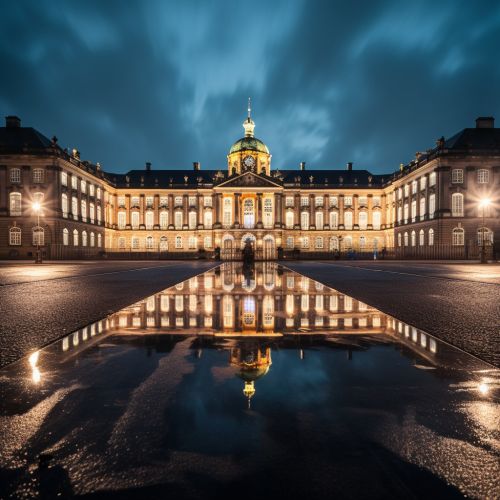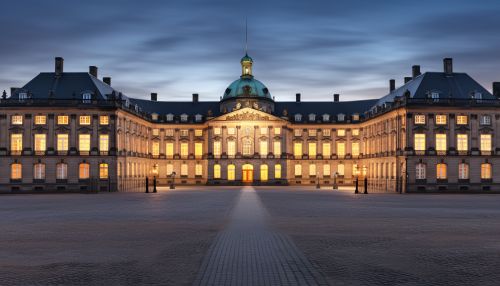Monarchy of Denmark
History
The Monarchy of Denmark is one of the oldest in the world, tracing its roots back to the Viking Age. The first historical records of Danish kings date back to the 9th century, with the reign of King Gorm the Old and his son Harald Bluetooth. Harald is famous for uniting Denmark and introducing Christianity to the nation.
During the Middle Ages, the Danish monarchy expanded its territories through the Kalmar Union, which united the kingdoms of Denmark, Norway, and Sweden under a single monarch. However, this union was fraught with conflict and eventually dissolved in the 16th century.
In the 17th century, the monarchy transitioned from an elective to a hereditary monarchy with the reign of Frederick III. This marked a significant shift in the political structure of Denmark, strengthening the power of the monarchy.
The 19th century saw a further reduction in the power of the monarchy with the adoption of a constitutional monarchy in 1849. This was a result of the liberal and national movements that swept across Europe during this period. The Danish monarchy has remained a constitutional monarchy to this day, with the monarch's role largely ceremonial.
Structure and Role of the Monarchy
The Monarchy of Denmark is a constitutional institution, with the monarch serving as the ceremonial head of state. The monarch's duties include opening and closing the Folketing, the Danish Parliament, giving royal assent to laws, and representing Denmark in diplomatic affairs.
The monarch is also the head of the Church of Denmark, the established church of the country. This role involves the approval of church laws and the appointment of bishops.
The current monarch, Queen Margrethe II, ascended to the throne in 1972, following the death of her father, King Frederick IX. She is the first female monarch of Denmark, following a change in the law of succession in 1953 to allow female succession.
Royal Family
The Danish royal family consists of the monarch and their close relatives. This includes the monarch's spouse, children, and grandchildren. Members of the royal family often carry out official duties on behalf of the monarch, such as attending state functions and representing Denmark abroad.
The current members of the royal family include Queen Margrethe II, her husband Prince Henrik (who passed away in 2018), their two sons Crown Prince Frederik and Prince Joachim, and their eight grandchildren.
Succession
The line of succession to the Danish throne is determined by the Act of Succession, which was most recently amended in 2009. The Act stipulates that only descendants of King Christian X and Queen Alexandrine are eligible to ascend to the throne.
The current line of succession includes Crown Prince Frederik, his four children, Prince Joachim, and his two sons.
Criticism and Public Opinion
Like many monarchies, the Danish monarchy has faced criticism and controversy. Some argue that the institution is outdated and undemocratic, while others question the cost of maintaining the royal family.
However, public opinion polls consistently show strong support for the monarchy in Denmark. Many Danes view the monarchy as a symbol of national identity and continuity.
See Also


